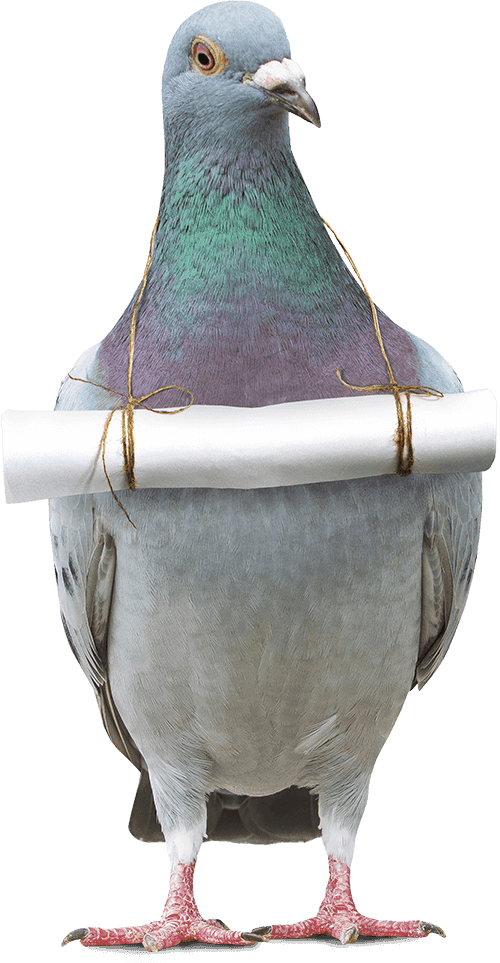Indri
(Indri indri)

Description
The indri, also called the babakoto, is one of the largest living lemurs, with a head-and-body length of about 64–72 cm and a weight of between 6 and 9.5 kg. It has a black and white coat and maintains an upright posture when climbing or clinging. It is monogamous and lives in small family groups, moving through the canopy, and is herbivorous, feeding mainly on leaves but also seeds, fruits, and flowers. The groups are quite vocal, communicating with other groups by singing, roaring and other vocalisations. Besides humans, it is the only mammal found that can use rhythm. It is a diurnal tree-dweller related to the sifakas and, like all lemurs, it is native to Madagascar. It is revered by the Malagasy people and plays an important part in their myths and legends with various stories in existence accounting for its origin. The main threats faced by the indri are habitat destruction and fragmentation due to slash and burn agriculture, fuelwood gathering, and logging. It is also hunted despite taboos against this. The International Union for Conservation of Nature has rated its conservation status as "critically endangered". The indri practices long-term monogamy, seeking a new partner only after the death of a mate. It lives in small groups consisting of the mated male and female and their maturing offspring. In the more fragmented forests of their range, the indri may live in larger groups with several generations. Habitat fragmentation limits the mobility and capacity of these large groups to break into smaller units. Like many other species of lemur, indri live in a female dominant society. The dominant female often will displace males to lower branches and poorer feeding grounds, and is typically the one to lead the group during travel. Indris reach sexual maturity between the ages of 7 and 9. Females bear offspring every two to three years, with a gestation period around 120–150 days. The single infant is usually born in May or June. The mother is the primary caregiver, though the father assists, remaining with his mate and offspring.Infants are born mostly or completely black and begin to show white coloration (if any) between four and six months of age. The infant clings to its mother's belly until it is four or five months old, at which time it is ready to move onto her back. The indri begins to demonstrate independence at eight months, but it will not be fully independent from its mother until it is at least two years old.
Taxonomic tree:







